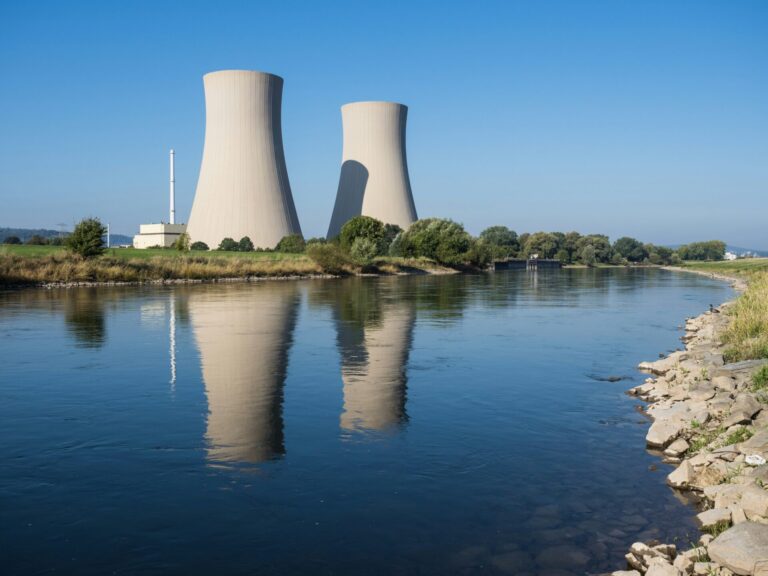Understanding Fusion Energy

Fusion's Purpose and Policy Intent
The primary purpose of EN-8 is to streamline the consenting process for fusion energy infrastructure. By establishing a dedicated policy framework, the government seeks to remove regulatory ambiguities and accelerate the transition from research and development to commercial deployment.
This proactive stance reflects the UK’s ambition to maintain its leadership in fusion science and technology, leveraging the potential for job creation, industrial innovation, and the development of a high-value export sector. The policy is designed to attract private investment and facilitate operational fusion facilities within the 2030s timeframe.
Technology and Siting
A significant feature of the EN-8 policy is its technology-agnostic approach. This ensures that the framework can accommodate diverse fusion technologies as they mature, fostering innovation without imposing restrictive design parameters.
Furthermore, the policy adopts a “developer-led” or “open-sited” approach for site selection. This provides developers with the flexibility to identify and propose suitable locations for fusion facilities, rather than being limited to pre-designated sites. This flexibility is intended to expedite project timelines by reducing potential delays associated with site acquisition and planning permissions.
Planning Classification
A notable clarification within the EN-8 concerns the classification of fusion projects. Under the new framework, fusion energy facilities in England and Wales will now be classified as Nationally Significant Infrastructure Projects (NSIPs) regardless of their electricity generation capacity.
This crucial change eliminates the previous 50 MW threshold under the Planning Act 2008, which previously dictated whether an energy project was processed as an NSIP or through local authority consent. This reclassification is expected to significantly streamline the consenting process for fusion projects, ensuring they benefit from a nationally co-ordinated and more predictable regulatory pathway.






